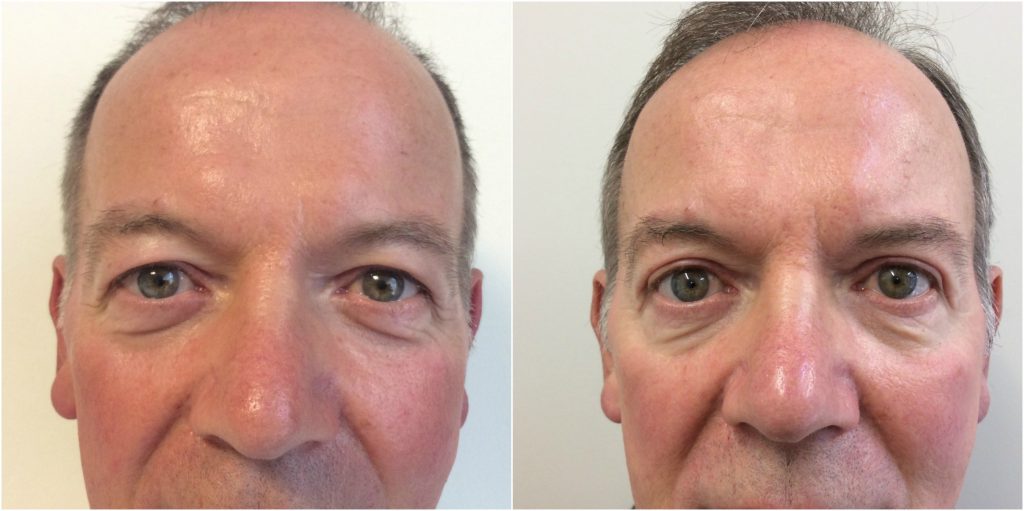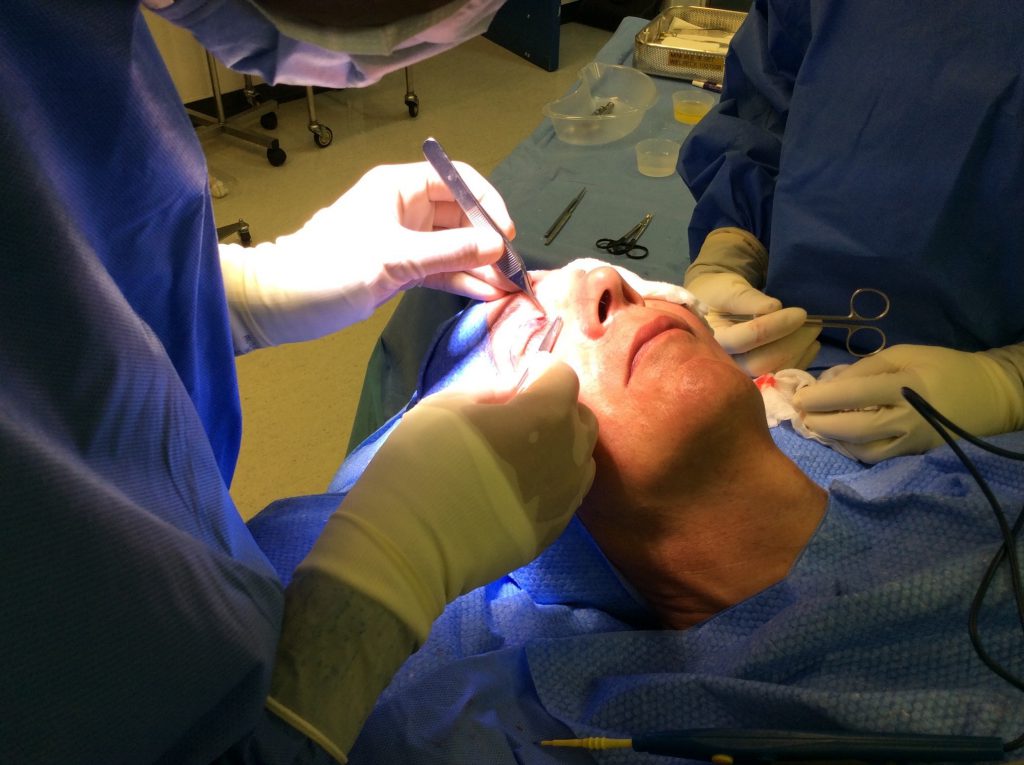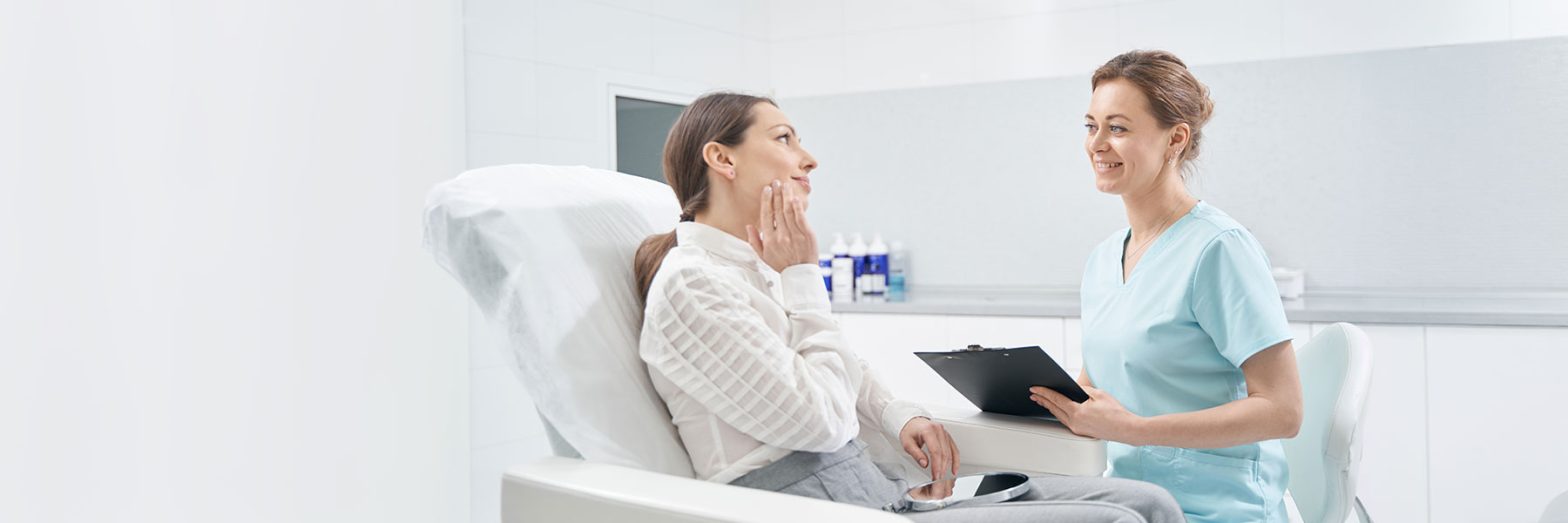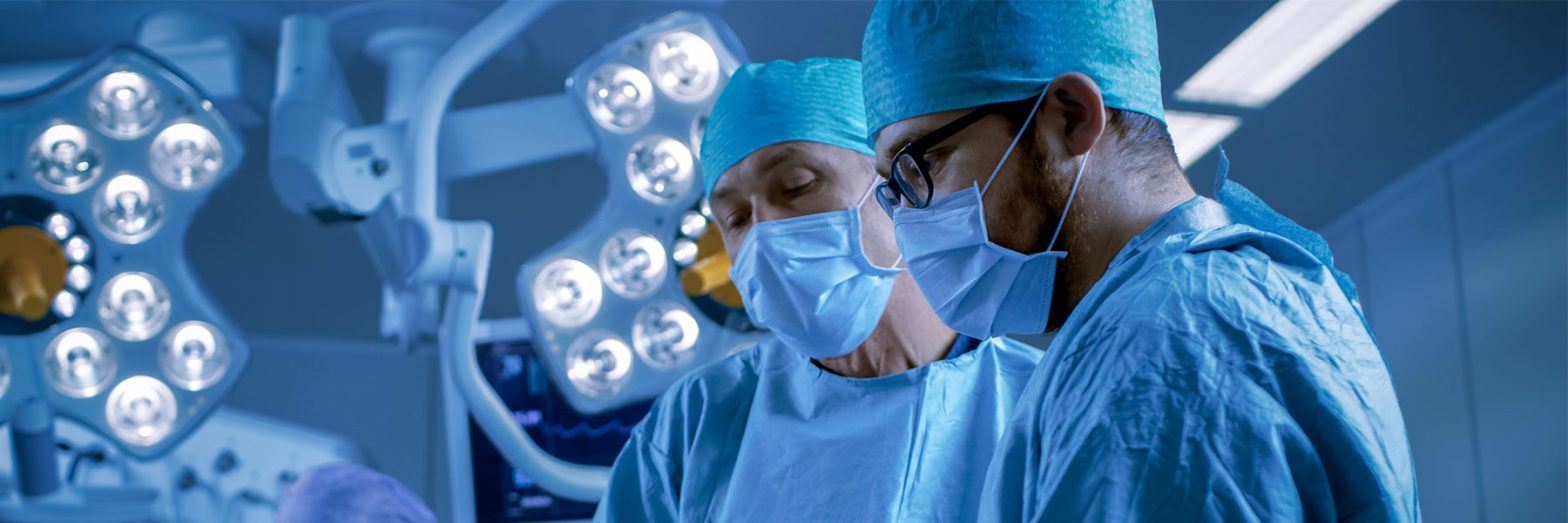Traditional Blepharoplasty vs. Laser Blepharoplasty
GENERAL
The eyes and their surrounding area serve as focal points when meeting someone for the first time; they’re where we turn to when trying to tell if someone is being truthful and the region we use to determine someone’s emotional state.
When the eye area is subjected to asymmetry, wrinkles, puffiness, and heavy or drooping skin, then you might find that your most emotive feature is no longer reflecting the best version of yourself.
A Blepharoplasty procedure – which can involve Eyelid Surgery, Eye Bag Reduction, or both – can address such issues, but there is a divide within the industry as to whether traditional or laser procedures are more effective. Here, we explore how the two procedures differ and explain why they shouldn’t be promoted as opposing methods.
What does traditional Blepharoplasty involve?
During a traditional Blepharoplasty procedure, excess skin, tissue, and fat are either removed or repositioned, to give you a more open and less tired appearance. Incisions are made with a scalpel, their location depending on the issue(s) you’re trying to address.
For any excess skin on the upper eyelid, cuts are made along the skin’s natural folds and creases to remove the excess. It’s a straightforward procedure that can have your surgeon stitching you up in as little as 30 minutes.

The lower eyelid area is approached in two different ways. If a patient only needs to address puffy eye bags, then an incision is made on the inside of the lower eyelid and the underlying fat pads are reduced. Conversely, if any excess skin needs to be removed along with the fat, then a discreet incision is made along the lower lid, hidden from view by the lower lash line.
These procedures are known for the speed and ease with which they can be performed, combined with the fact that they boast some of the shortest recovery times cosmetic surgeries can offer.
How does a Laser Blepharoplasty differ?
Laser Blepharoplasty distinguishes itself from its traditional counterpart through the main tool used during the procedure, i.e. a laser. The advantages here lie in the laser’s versatility, specifically that it can serve as a cutting tool, a cautery, as well as a blunt dissection device.

The laser is a particularly effective tool to tackle periorbital areas, since superficial incisions are directly cauterised, meaning that there’s very little bleeding involved. This is particularly useful when treating patients who take anticoagulants.
However, some lasers (like the CO2 laser) are known to produce irreversible coagulative necrosis – cell death – along the edge of a wound. Although many advertise Laser Blepharoplasty as minimising the risk of bleeding and bruising, they leave out that laser wounds can have a delayed healing rate and result in unsightly scarring.
The deciding factor
At the end of the day, these two Blepharoplasty methods rely on different tools, and it’s worth remembering that any tool is only as good as its user. Some surgeons will only work with one method, but there are pros and cons for each, with no decisive literature in favour of either.
However, these methods can be used in conjunction and don’t have to be mutually exclusive. In fact, some of the best results can be achieved when combining both techniques, since they are complimentary and their use – or lack of – should be based on the patient and their individual requirements of their case.
Practices promoting Laser Blepharoplasty often do it as a marketing tool, since patients tend to shy away from ‘going under the knife’. It’s nevertheless important to remember that a Laser Blepharoplasty is still a surgical procedure and what matters most is the experience and skill of your surgeon.
The Private Clinic
Our team of Consulting Reconstructive and Plastic Surgeons is made up of some of the most highly qualified individuals who have been recognised for the precision and effectiveness of their work. Consultations for Blepharoplasty procedures are available at our London, Birmingham, Manchester, Leeds and Northampton clinics.
To find out more call 0333 920 2471 or click here to use our online contact form.








